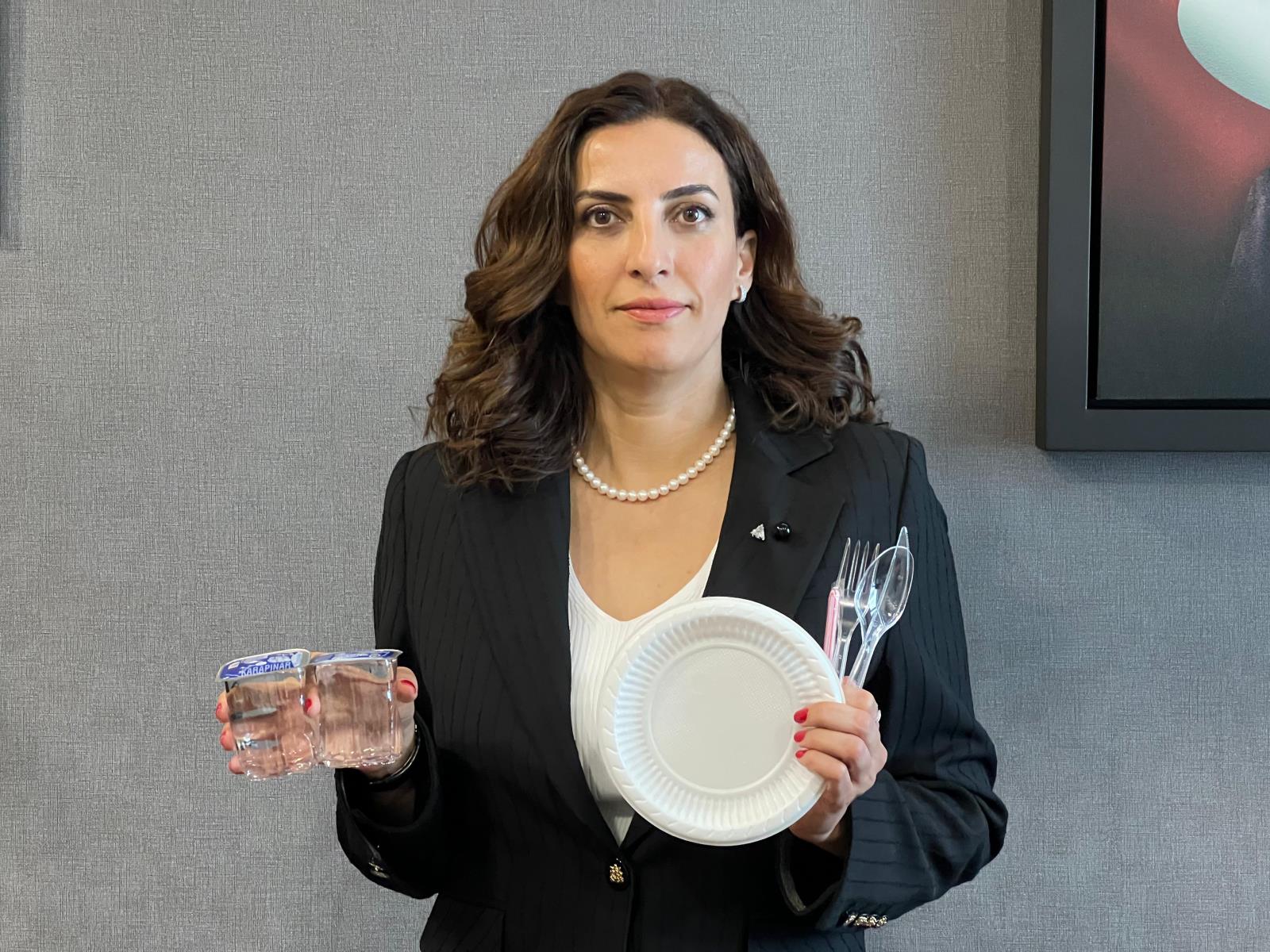
For the first time in world history, a species has succeeded in polluting both its planet and its own body.
In 2018, a group of scientists discovered traces of microplastics even in the polar regions. These invisible particles falling from the sky along with snowflakes whispered the ironic success story of Homo sapiens: Even in the most desolate corners of the Earth, the mark left by humanity was not a footprint—but a trace of plastic waste.
Today is June 5, World Environment Day, as designated by the United Nations. This year's theme is: "Beat Plastic Pollution." But this is not just a call for environmental romanticism—it's a call for survival. Because plastic pollution now threatens not just our oceans, but our bodies, our food, and our future.
Plastic: The Immortal Material
When humanity began spreading out from Africa some 70,000 years ago, it survived by adapting to nature. But starting in the 20th century, we began trying to reshape nature to fit ourselves. Plastic, introduced into our lives in the 1950s as a by-product of the Industrial Revolution, was hailed as a miraculous invention: lightweight, durable, cheap, and endlessly useful. But we forgot one crucial fact: plastic does not biodegrade; it only breaks down into smaller pieces. It does not disappear from nature.
Today, 430 million tons of plastic are produced annually (UNEP, 2023). Only 9% of this is recycled. The rest? It's burned, buried, or dumped into nature. Recycling is, in many cases, not a solution to the problem—but a comfortable illusion for our conscience.
Microplastics are no longer just in the oceans; they are now found in breast milk, placentas, lung tissue, and even human blood (Environmental International, 2022). According to one study, the average person consumes the equivalent of a credit card's worth of plastic every week (WWF, 2019).
In other words, we are slowly poisoning our own species with our own invention.
Turkey: Europe's Dumping Ground or a Leader of the Future?
Turkey stands at the center of this crisis. We produce around 10 million tons of plastic each year. Per capita consumption is nearly 40 kilograms. A large share of this is single-use plastics—products that become waste within minutes. But what's more striking is this: we're not just struggling with our own plastic waste—we're dealing with other countries' trash too.
According to 2024 data from Eurostat, EU countries exported 35.7 million tons of waste in one year. Of this, 12.3 million tons were sent to Turkey, including 425 million kilograms of plastic waste. After China banned plastic waste imports in 2018, Europe sought a new destination. With weak environmental laws, lax oversight, and cheap labor, Turkey was declared the new dumping ground.
According to a 2022 report by the Turkish Court of Accounts, plastic waste imports to Turkey nearly tripled over the last five years. Much of this waste cannot be recycled. It is burned, dumped, or buried in the soil.
And the result? An invisible chain of plastic stretching from tomatoes in the soil, to fish in the sea, to blood in our veins.
Nature Is Now a Battlefield
A 2023 study by Ankara University found 300 microplastic particles per kilogram of soil in the Mediterranean region, and 160 in the Marmara region. In the Mediterranean Sea, 18,000 plastic pieces are floating per square kilometer on average. Sea turtles swallow plastic bags thinking they are jellyfish; birds feed plastic to their chicks; fish mistake microplastics for plankton.
We are no longer consuming "natural life"—we are consuming a synthetic catastrophe.
Health, Justice, Future: All Crushed Under Plastic
Plastic is not just physical waste—it is a chemical threat. Its components like BPA, phthalates, and heavy metals weaken the immune system, disrupt hormones, and threaten reproductive health (WHO, 2023).
This is not just an environmental issue.
It is a matter of women's health.
It is a matter of children's future.
It is a matter of the right to life.
And this crisis does not affect everyone equally. Poor neighborhoods, rural areas, and industrial zones pay the highest price. Plastic pollutes not only nature—but justice itself.